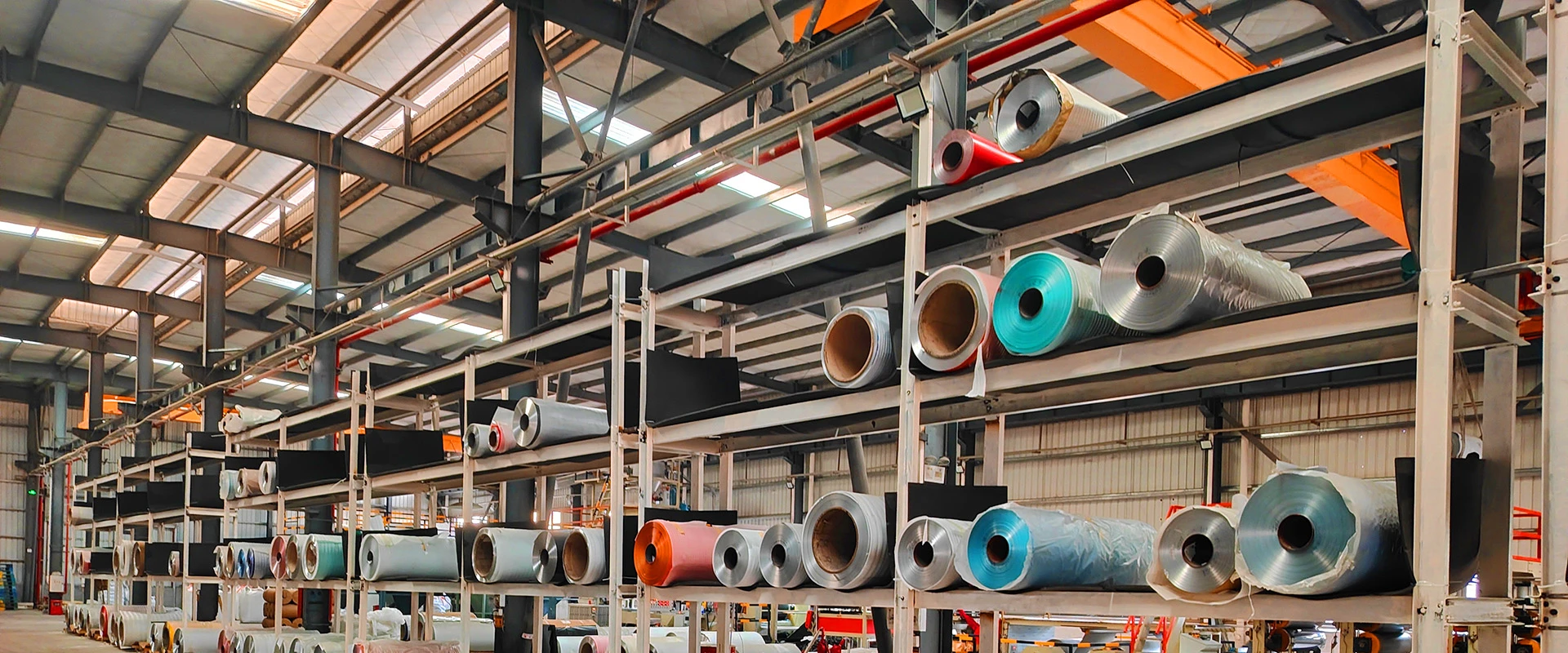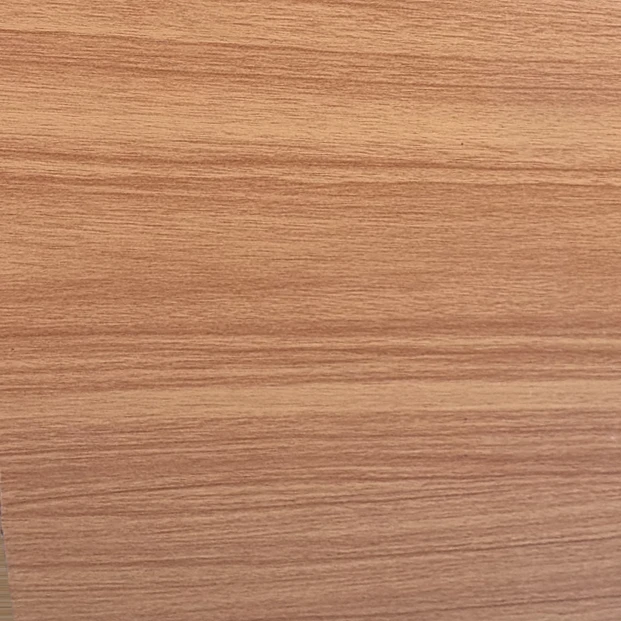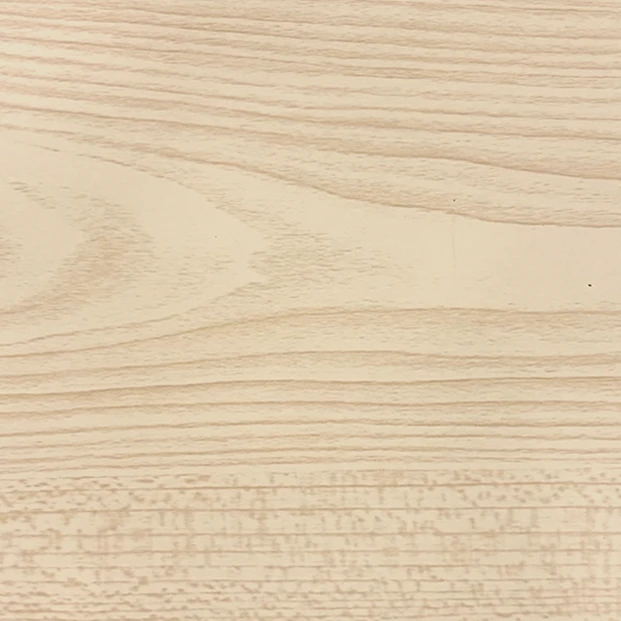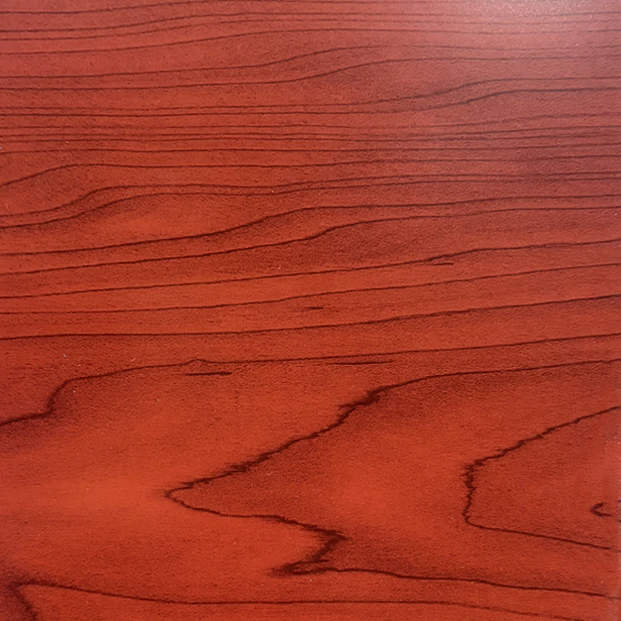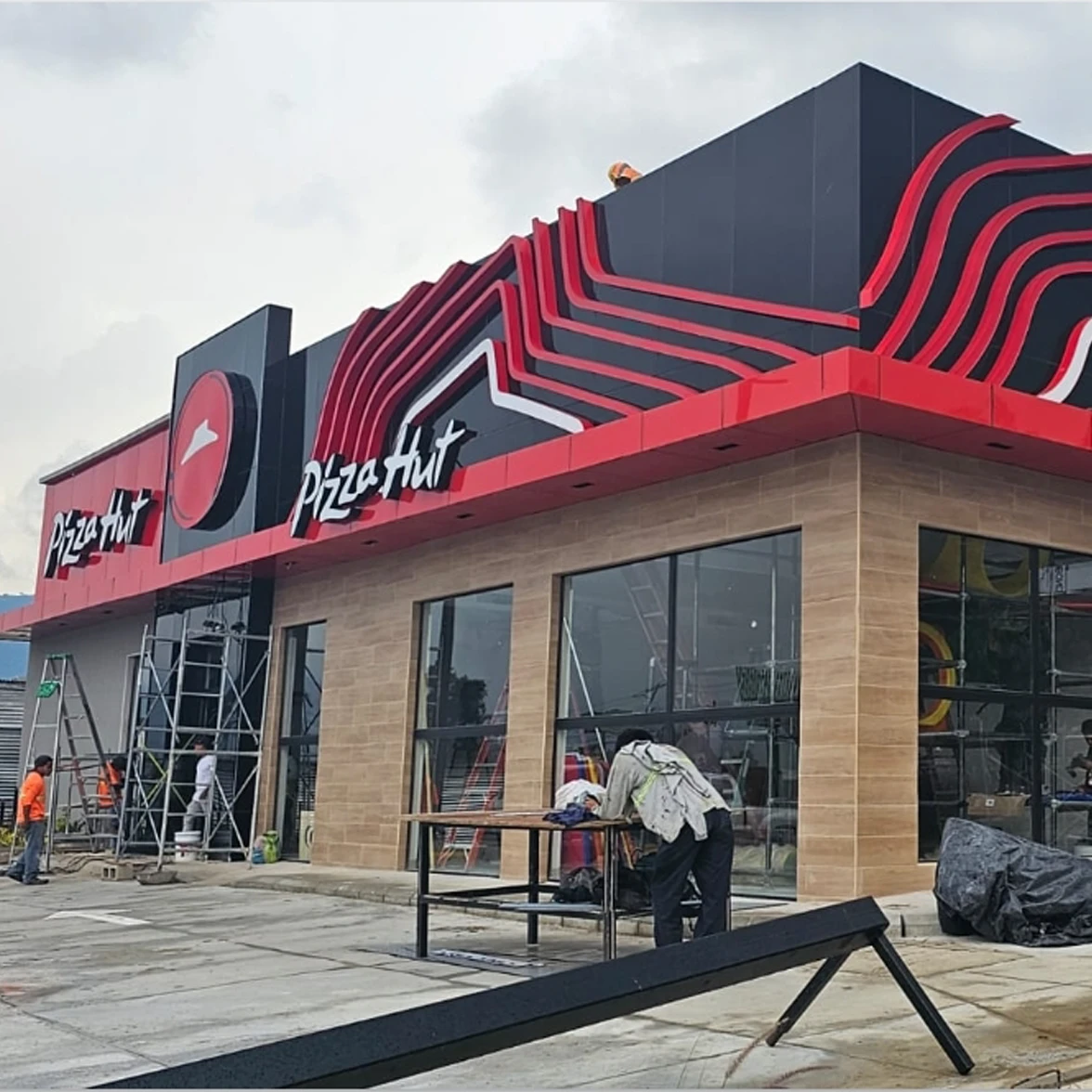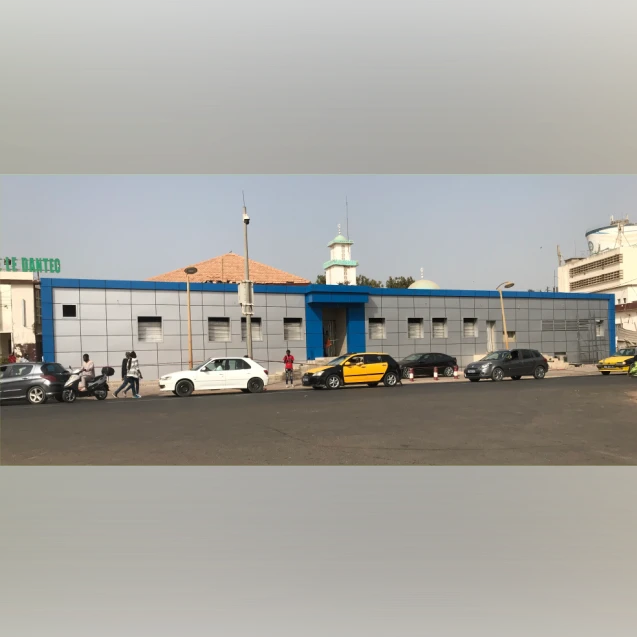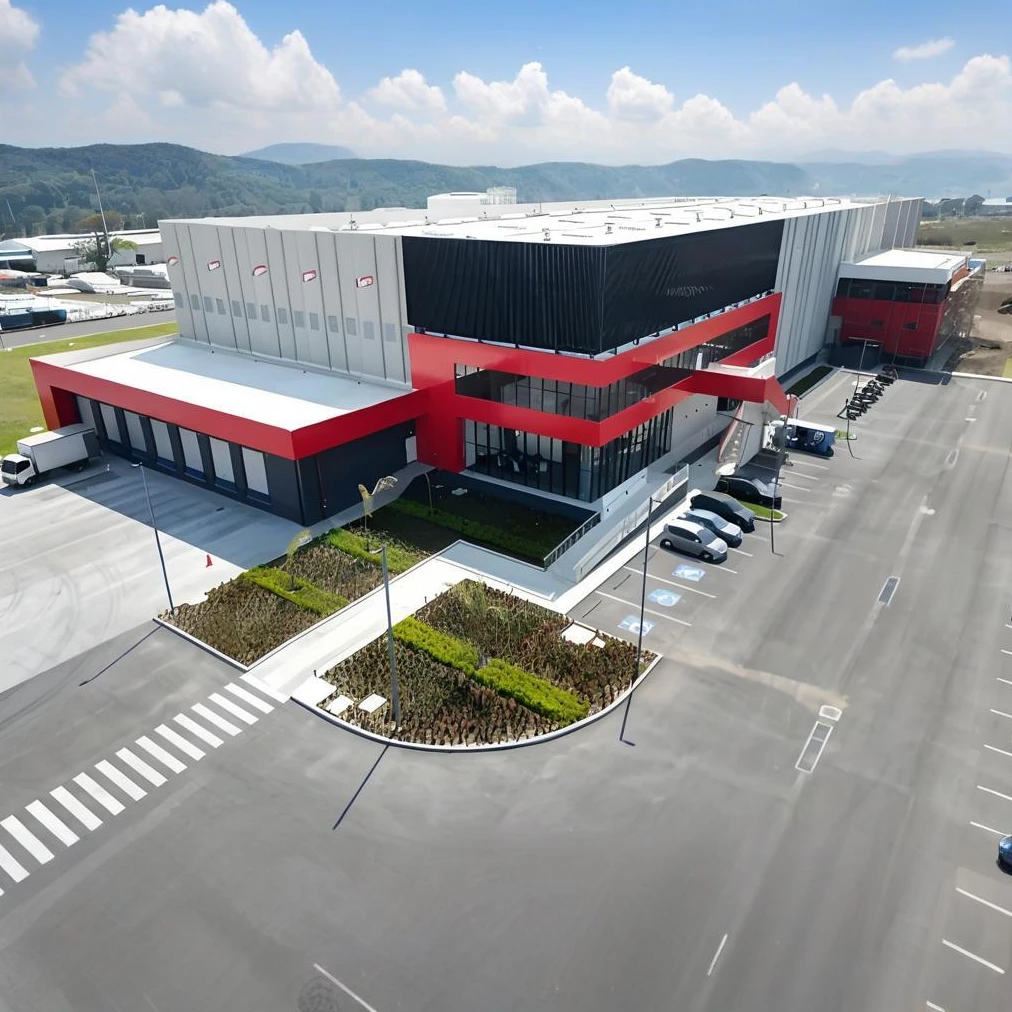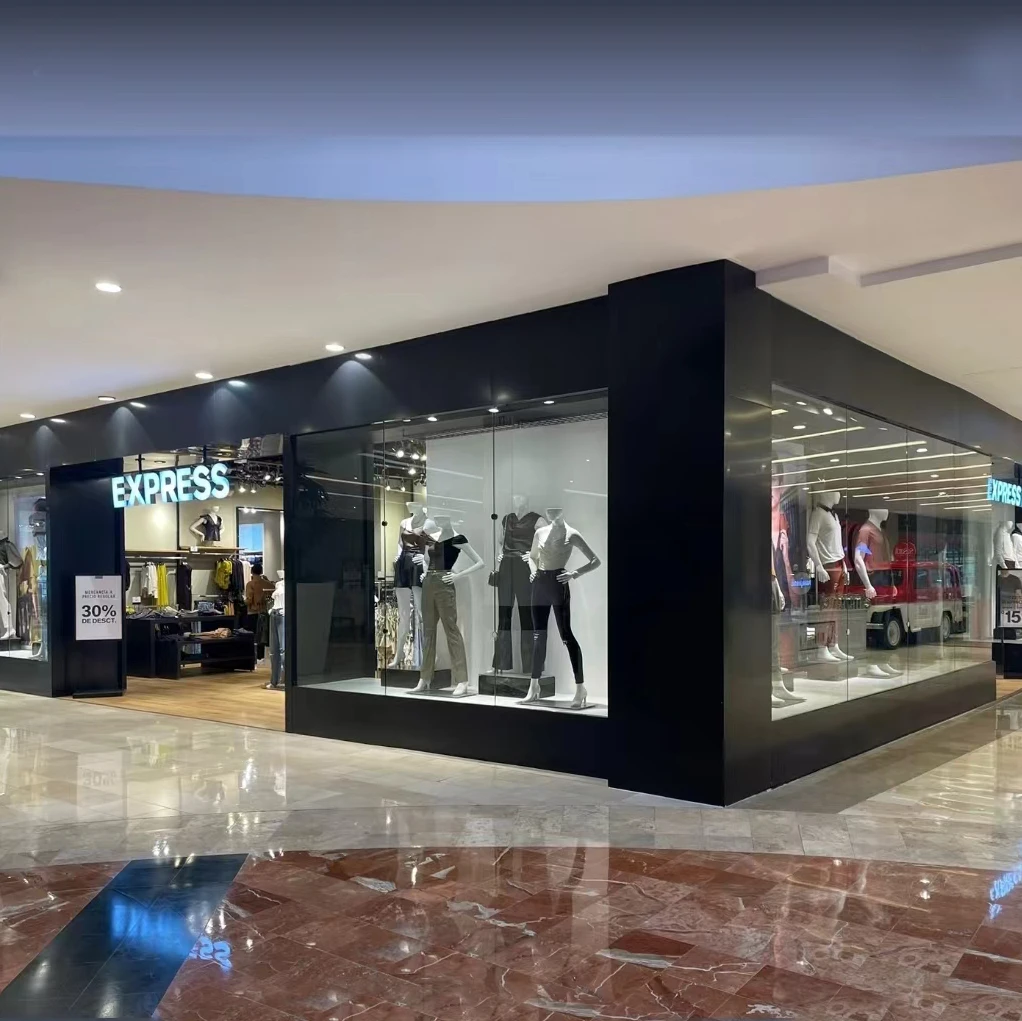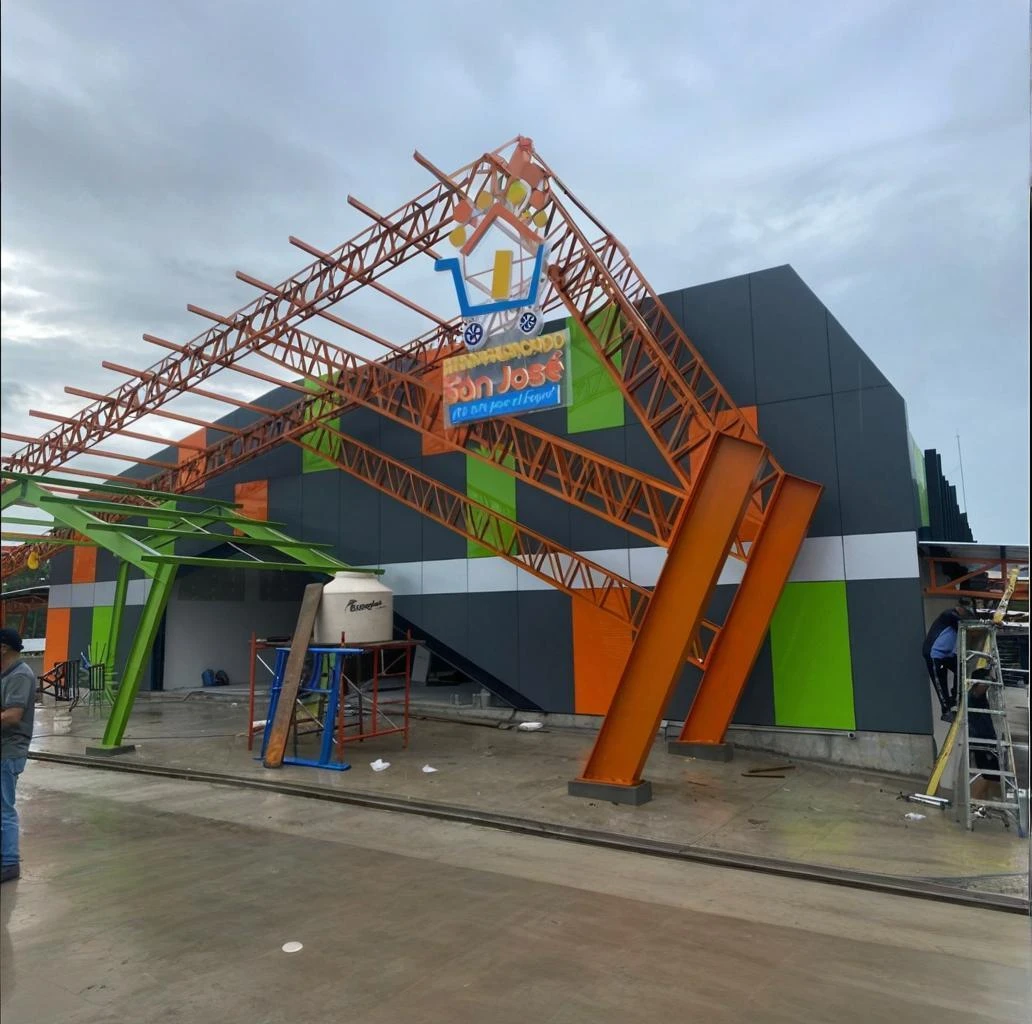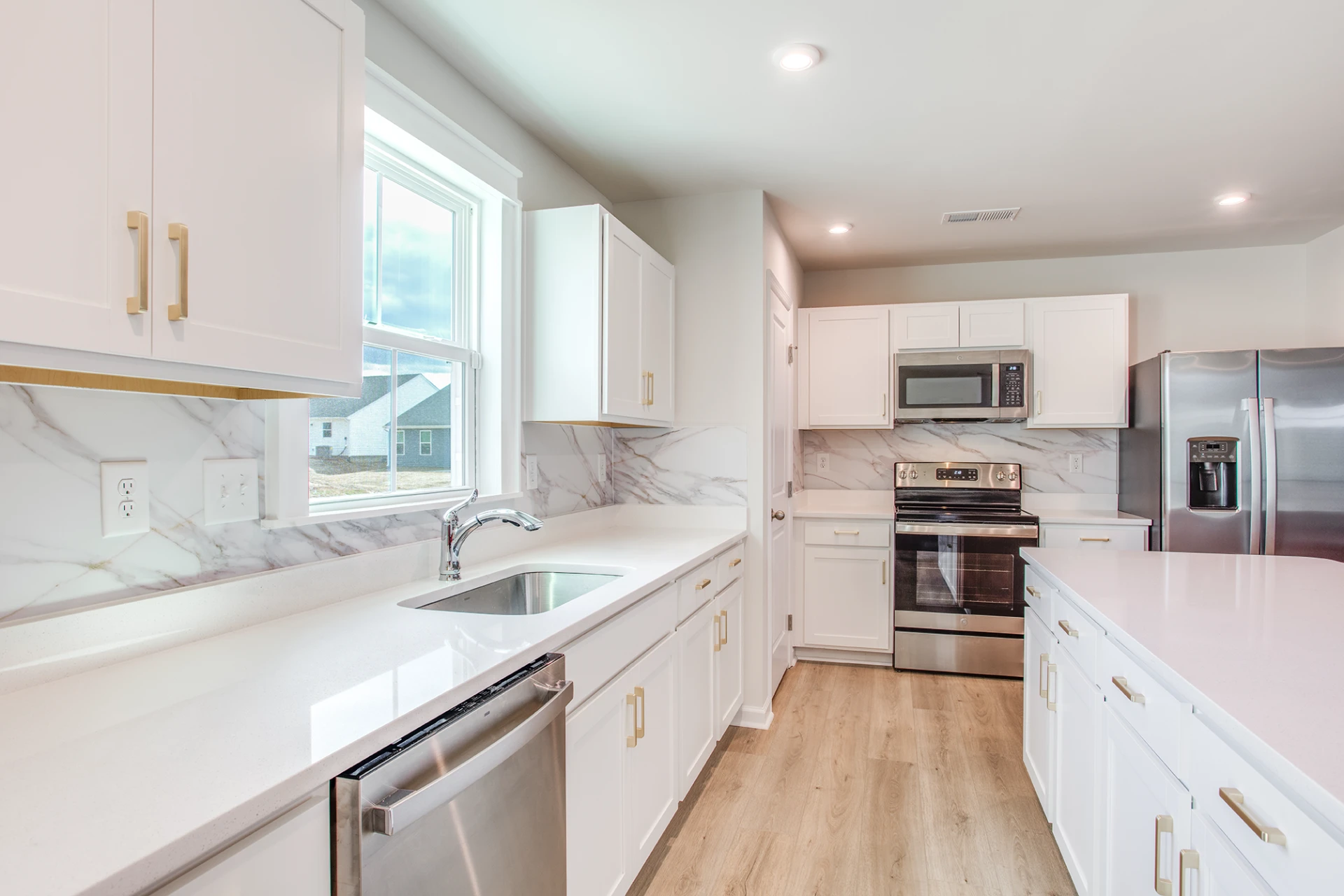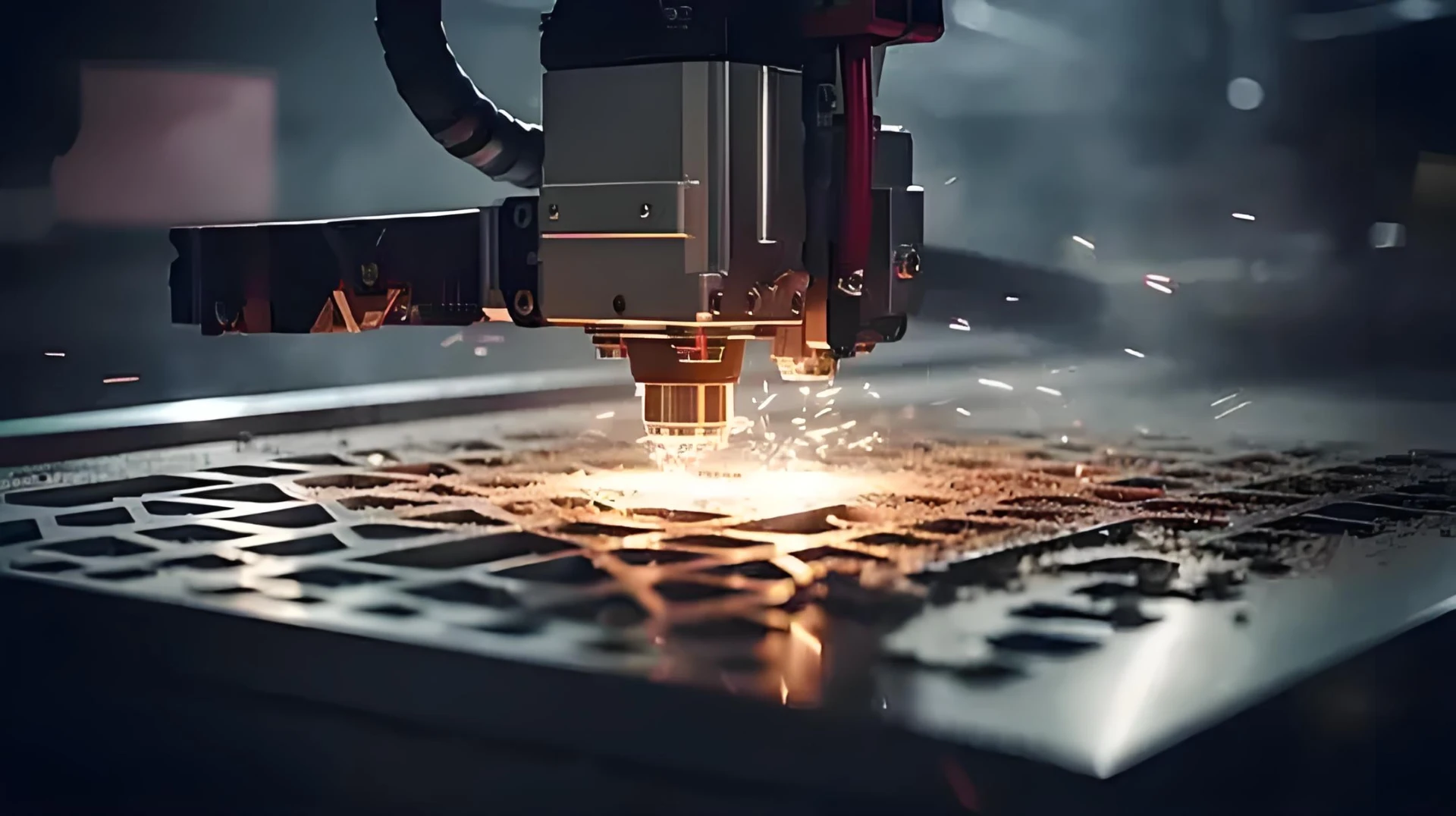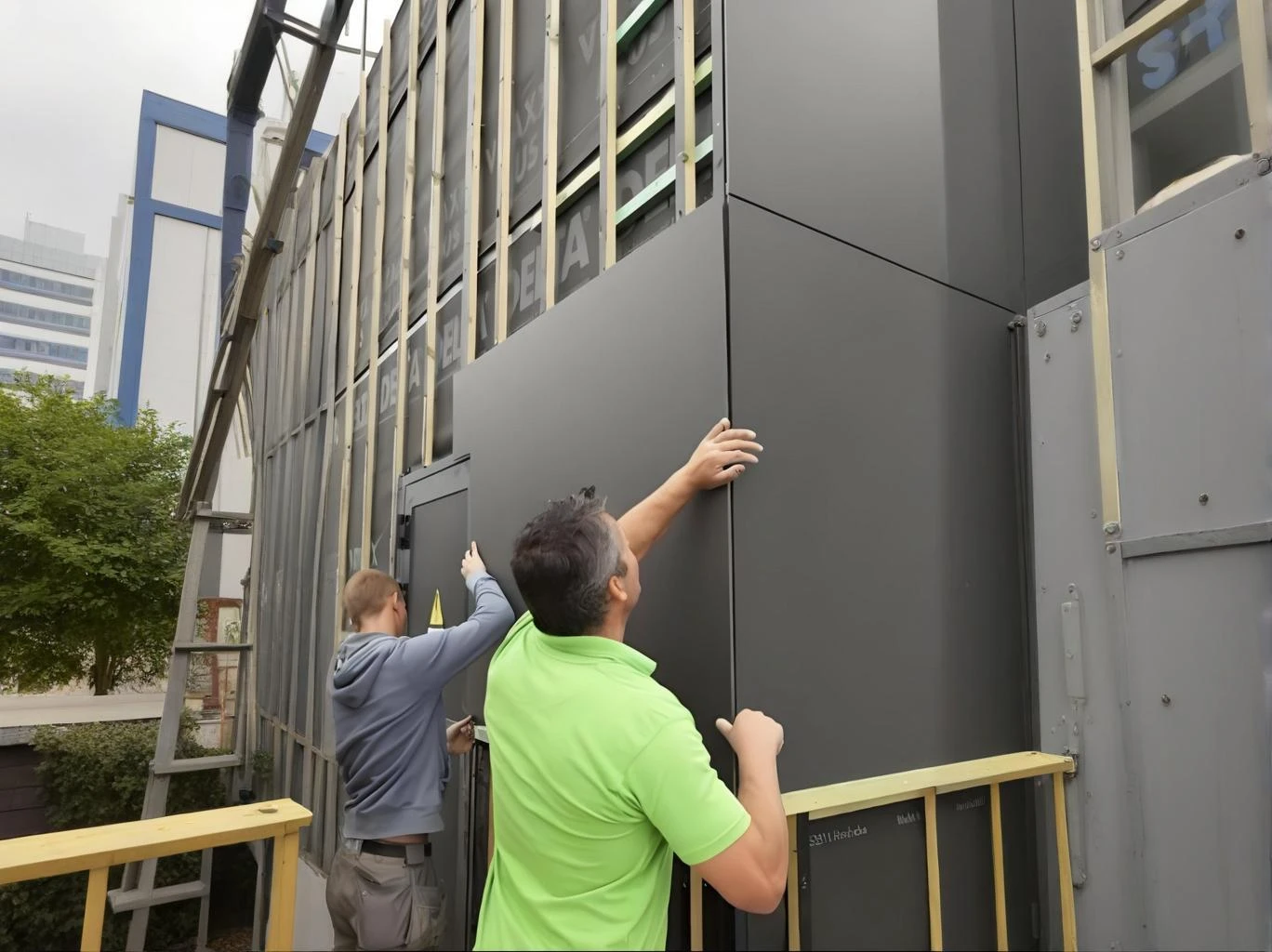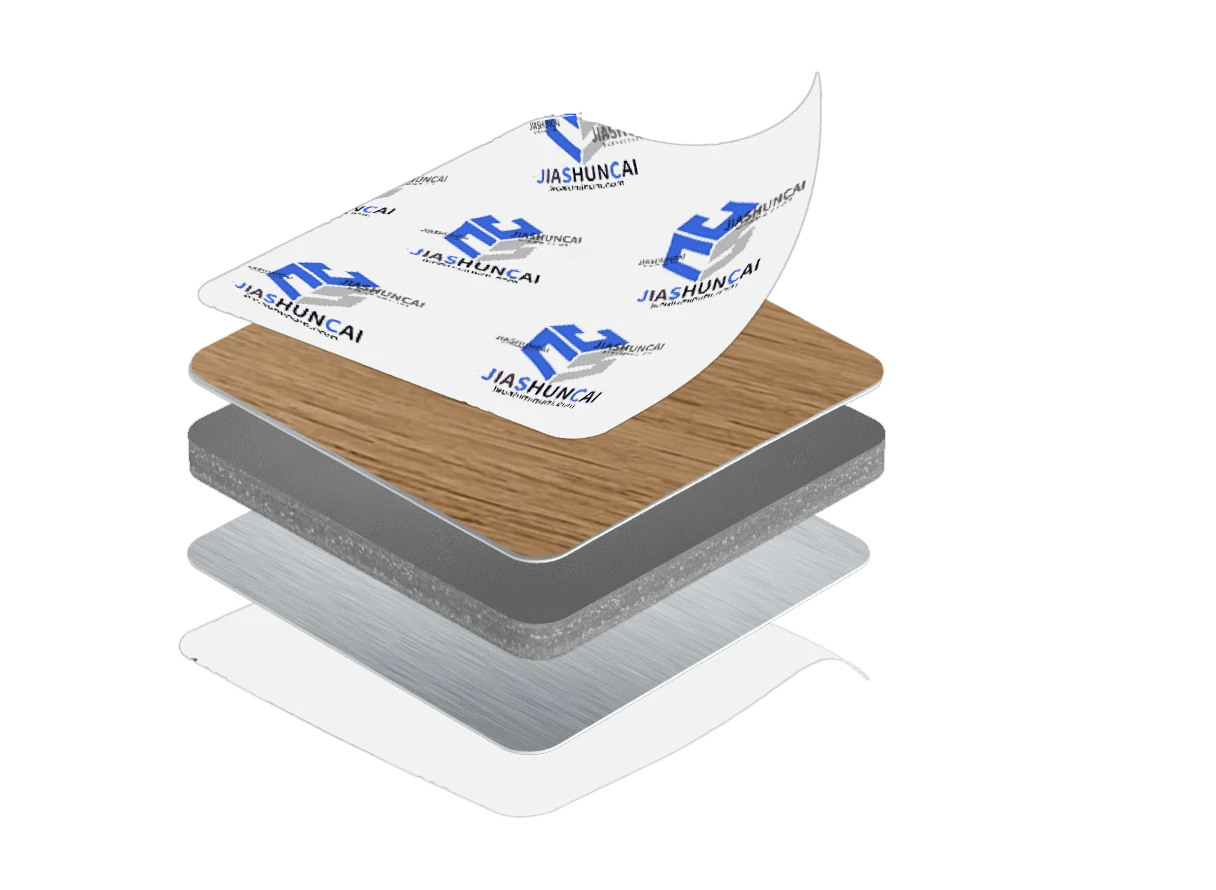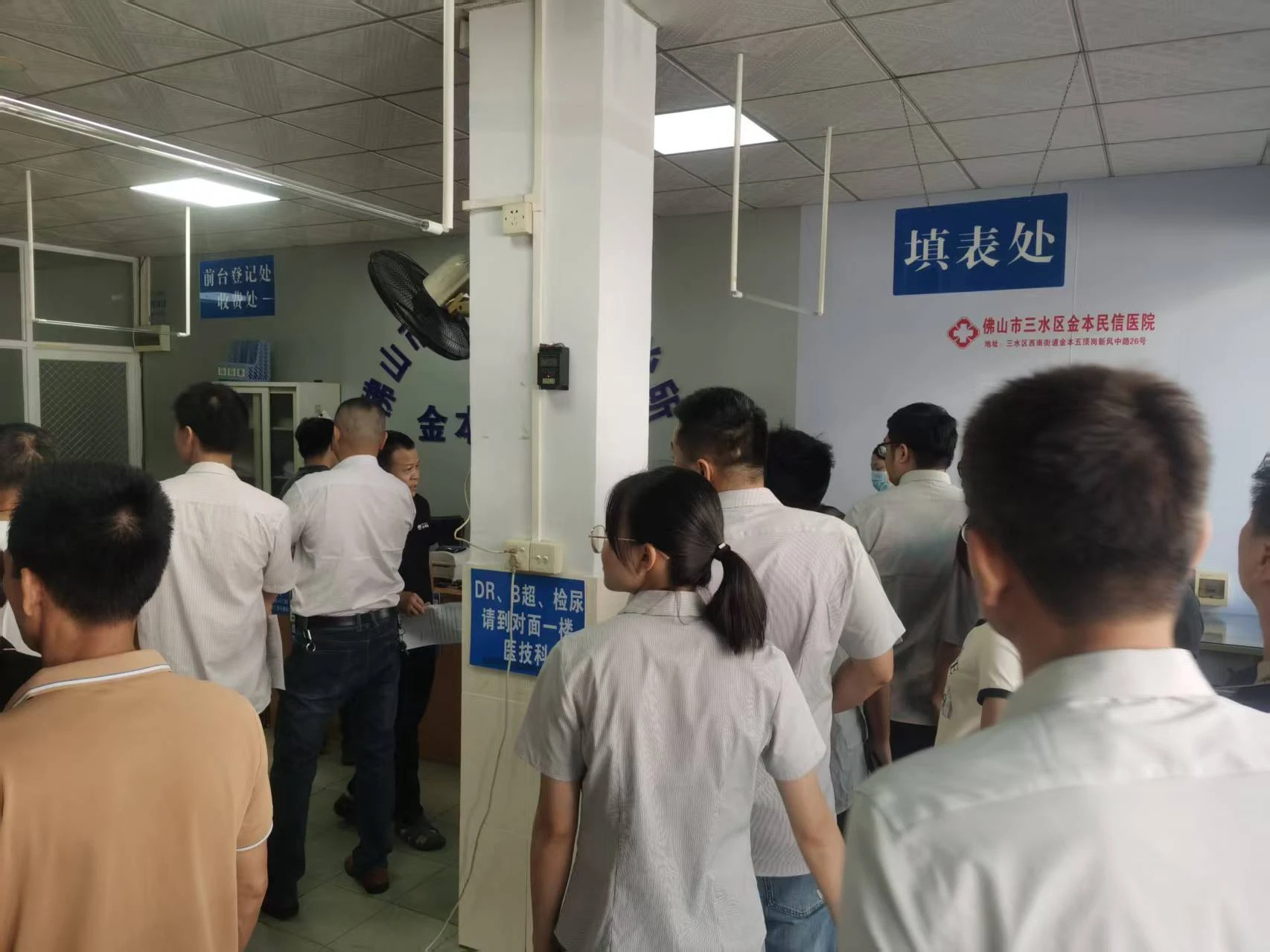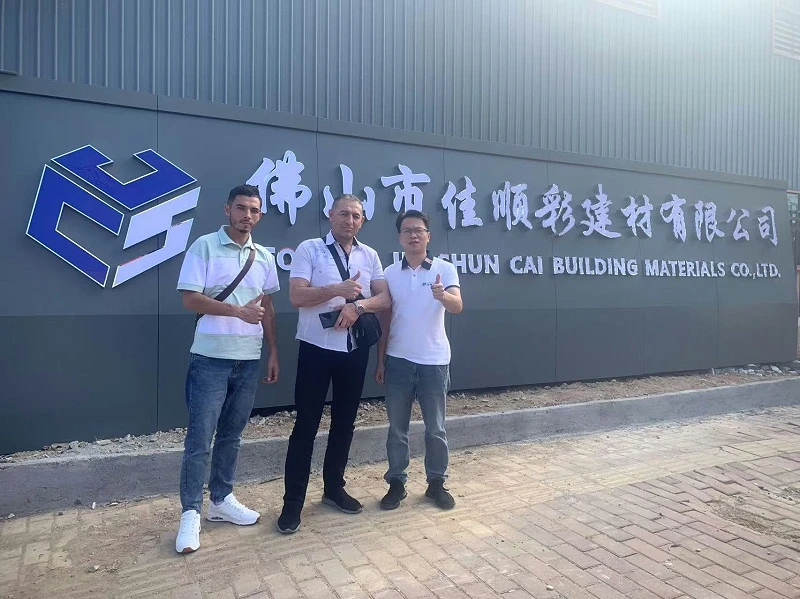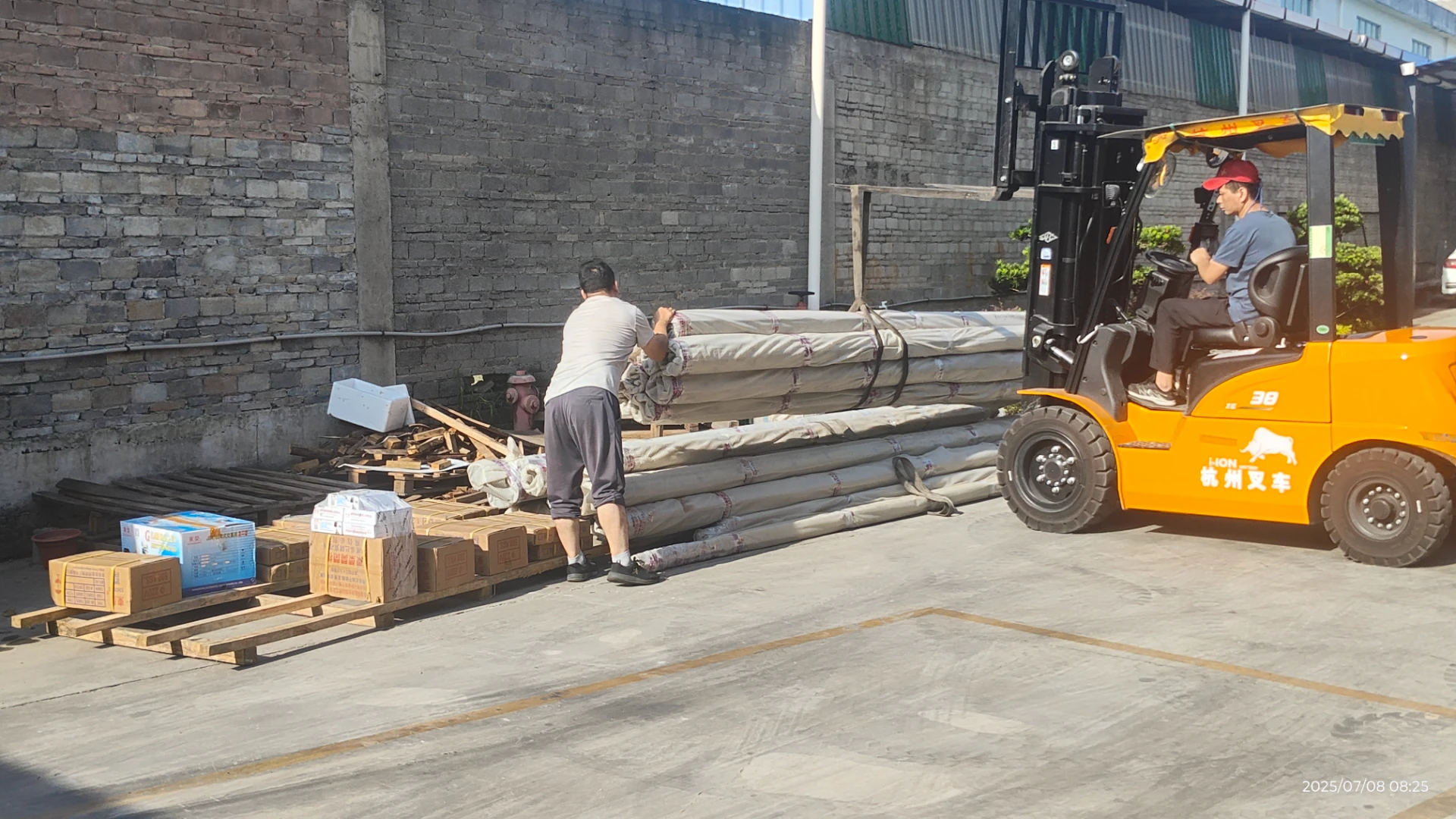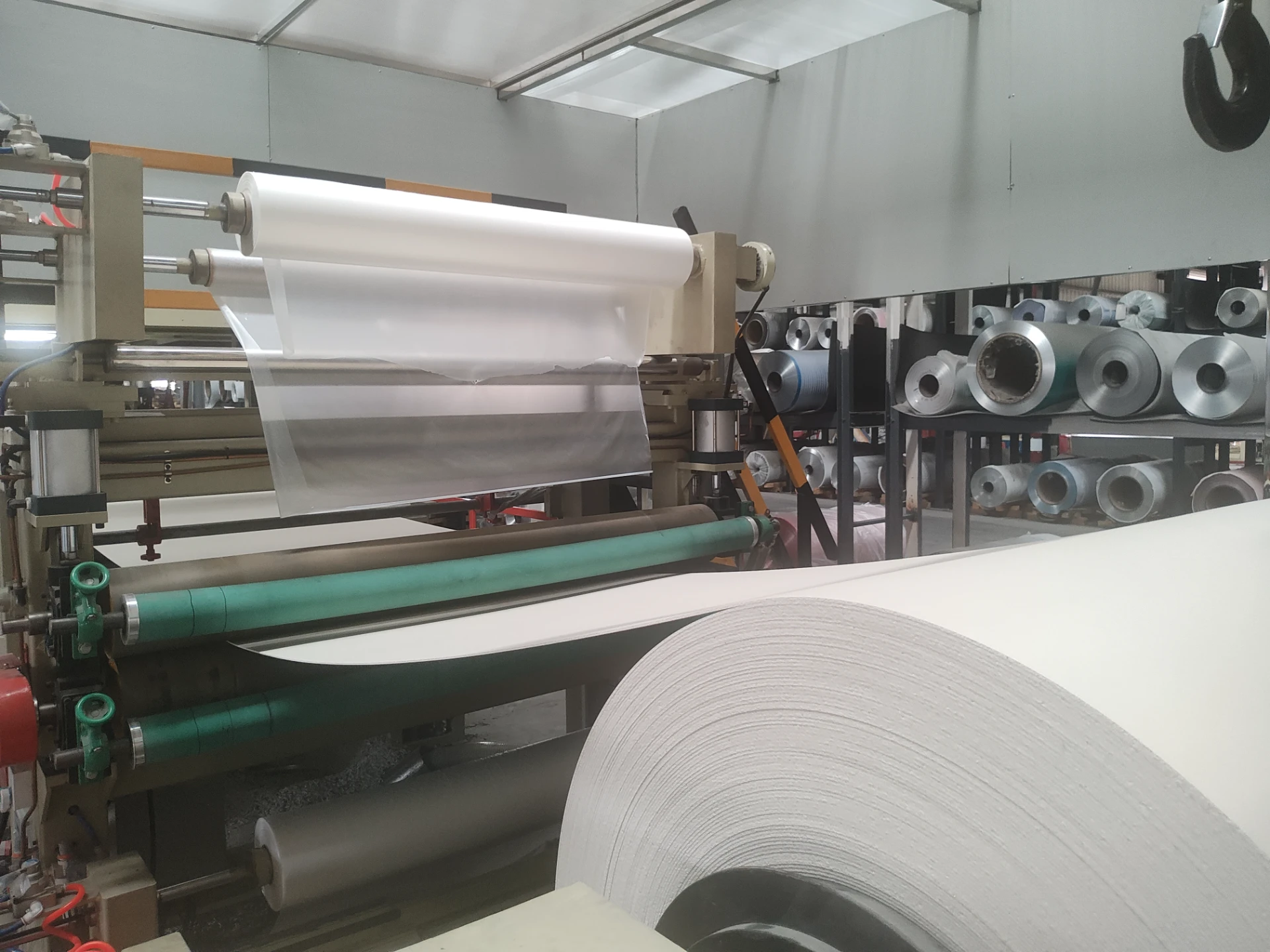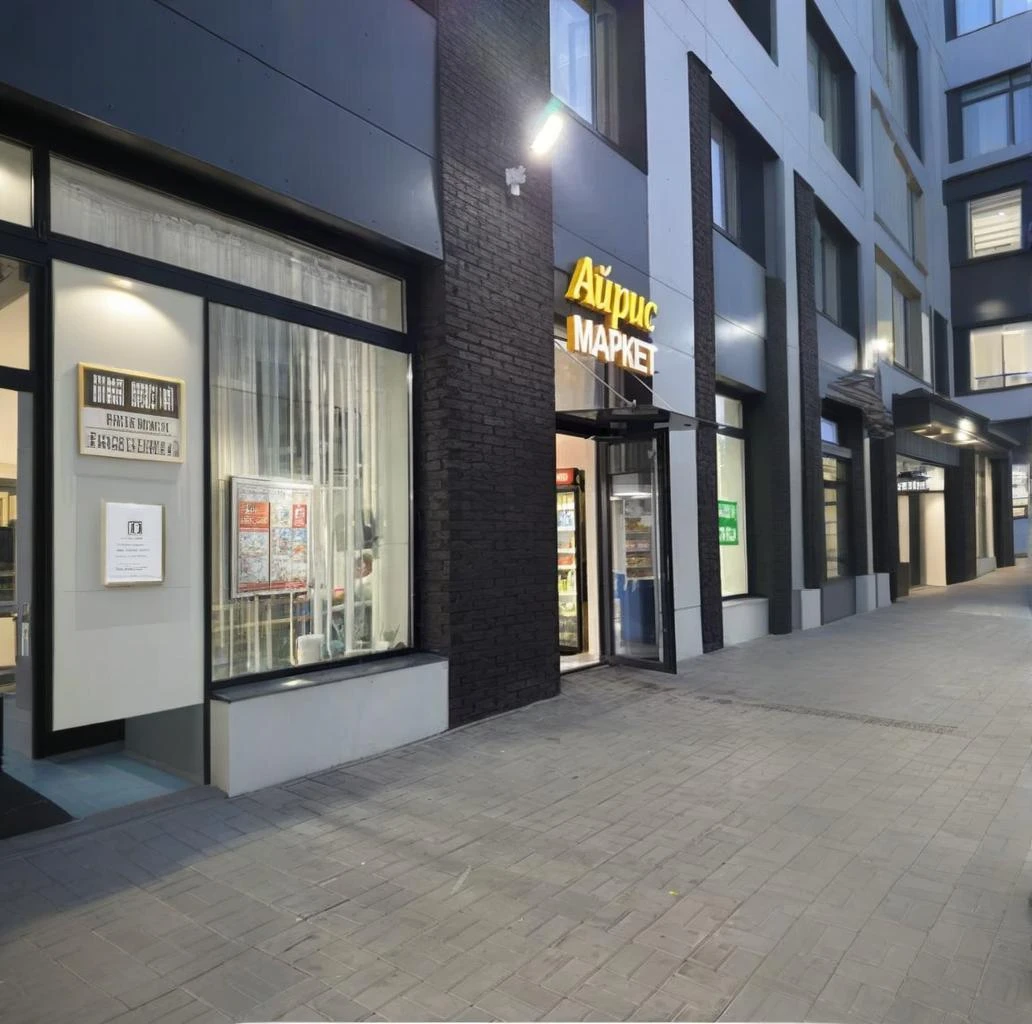Product Details
Teakwood aluminum plastic panels simulate the natural texture of walnut wood through high-precision printing, retaining its warm feel and golden hue while avoiding the defects of real wood such as warping and cracking. For example, the walnut pattern series uses fluorocarbon or polyester coating processes to ensure color stability and UV resistance, suitable for both indoor and outdoor settings. The core layer of the aluminum plastic panel is made of polyethylene (PE) or fire-resistant materials (FR), weighing only one-fifth that of stone. It supports complex shapes like bending and cutting, making it ideal for creative designs such as curved facades and irregular ceilings. In a resort villa project in Sanya, a faux walnut aluminum overhang was used instead of real walnut, combining tropical charm with durability. The surface does not release formaldehyde, and the core material can be treated with flame retardants to meet building fire safety standards. For instance, the Teakwood aluminum plastic panels from Changzhou have been fire-treated to slow down the spread of flames. Exterior applications: Walnut aluminum plastic panels are often used on commercial building exteriors, where modular assembly creates continuous wood grain textures, reducing the industrial feel of metal. For example, the Sanya Greenland Haitang Chaoming villa uses faux walnut aluminum to create a tropical ambiance, contrasting with glass curtain walls. Cultural symbol metaphor: Dark walnut patterns can echo traditional architectural elements, such as simplifying Chinese carved windows into modern wall panel lines or recreating courtyard scenes in public spaces. Interior design: Walnut-colored aluminum plastic panels paired with stone and matte metals can create luxurious or wabi-sabi styles. In a single-residence villa case in Beijing, walnut walls combined with gypsum brick ceilings form a mid-century modernist space. Light and shadow interaction: The matte surface treatment controls the degree of reflection, enhancing the tranquility of the space when paired with warm yellow lighting. Large-scale Teakwood assemblies are used in hotel lobbies and exhibition background walls to convey a high-end feel. For example, the CITIC TaiFu Jiulou Art Gallery uses wood-grain aluminum plastic panels with metal lines to create visual focal points. Wall cladding: Replacing traditional wooden finishes, it solves mold issues in humid areas, especially suitable for bedroom feature walls. Custom furniture: Used on countertops and bookshelves, achieving color harmony with the overall space. Schools and hospitals use Teakwood aluminum plastic panels to soften architectural boundaries. In Shenzhen's 'Hundred Schools Renewal' project, wood-grain panels were used on children's activity area walls, combining safety with a natural touch.

